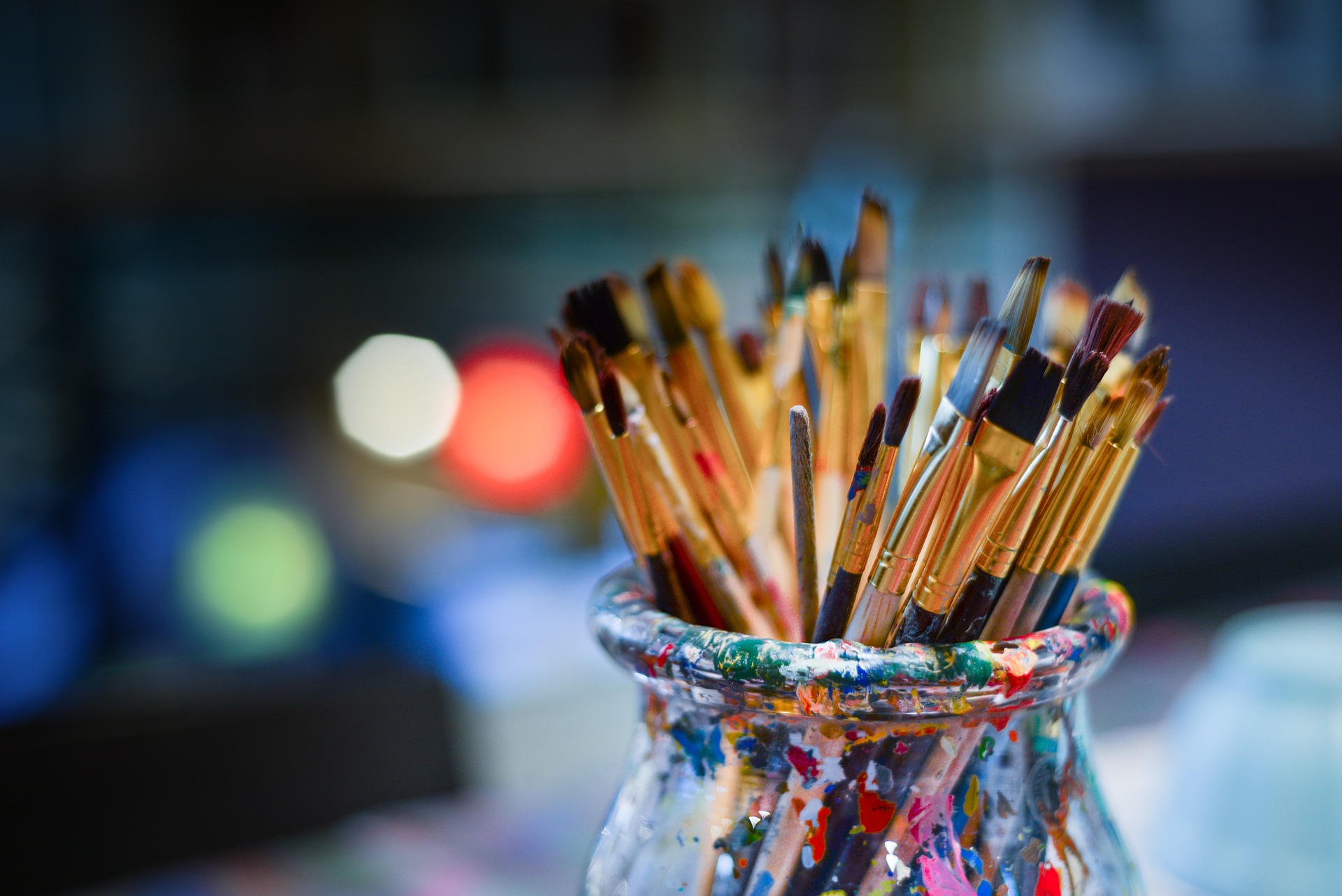Uncovering the Mosaic of Modern Ballet: New Forms and Perspectives
The world of ballet is undergoing a dramatic transformation, as contemporary choreographers and dancers challenge traditional norms and introduce fresh perspectives. This article takes a deep dive into the exciting world of modern ballet, examining the factors driving this evolution and how it is shaping the future of this revered dance form.

Ballet’s Historical Tapestry
Classical ballet, with its origins in the Italian Renaissance courts of the 15th century, is a dance form steeped in tradition. It was formalized in France under Louis XIV, who established the first ballet academy, the Académie Royale de Danse. Over centuries, ballet evolved, with Russia playing a significant role in the 19th century, introducing iconic ballets like Swan Lake and The Nutcracker.
The Advent of Modern Ballet
The turn of the 20th century saw a radical shift, with choreographers seeking to break away from the rigid structures of classical ballet. Figures like Isadora Duncan and Martha Graham began to explore movements that were more natural and expressive, leading to the creation of modern dance. This period also marked the beginning of modern ballet, a hybrid form that combined the technique of classical ballet with the freedom of modern dance.
Contemporary Voices in Ballet
Today, a new generation of choreographers is pushing the boundaries even further, infusing ballet with elements from other dance styles, from hip hop to contemporary dance. Choreographers like Crystal Pite and Wayne McGregor have been acclaimed for their innovative works that challenge the traditional ballet narrative, presenting complex themes and unconventional movements.
The Impact of Modern Ballet
Modern ballet has been met with both applause and criticism. Traditionalists argue that it strays too far from the roots of ballet, while others celebrate it as an exciting evolution of the art form. Despite the controversy, it’s undeniable that modern ballet has revitalized the dance scene, attracting new audiences and inspiring a new generation of dancers.
The Future of Ballet
As modern ballet continues to evolve, it’s clear that the art form is far from static. With its ability to adapt and innovate, ballet will undoubtedly continue to captivate audiences worldwide. As it weaves new threads into its historical tapestry, the world of ballet remains a vibrant and dynamic stage, reflecting the changing world around it.
In conclusion, the transformation of ballet from a rigid classical form to a dynamic modern art form is not just a testament to the evolution of artistic expression, but also a reflection of society’s shifting values and perspectives. As we continue to observe this fascinating dance form’s metamorphosis, one thing remains certain: ballet will continue to enchant, challenge, and inspire us in the years to come.




